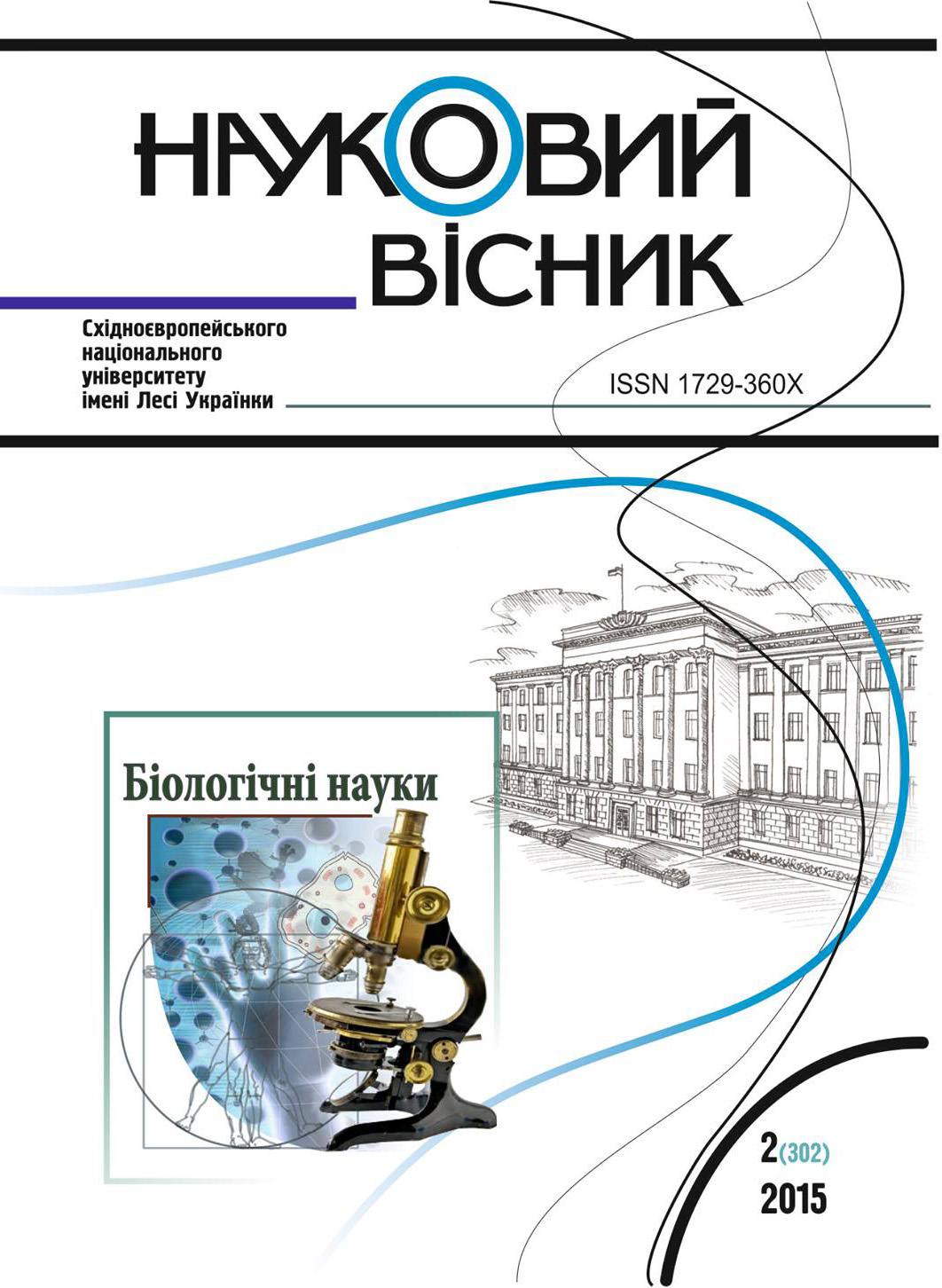Influence of Visiual Dysfunction on Age-rekated Changes of Brain Dynamical Complexity
DOI:
https://doi.org/10.29038/2617-4723-2015-302-193-199Keywords:
electroencephalography, entropy Kolmogorov-Sinai, visual dysfunctionAbstract
Progressive increases the data on the non-linear nature of the EEG signal. In this context it is necessary to use new algorithms for the analysis of EEG for better understanding patterns of normal and abnormal brain development. Entropy approach was used in this research to the analysis of the EEG complexity in people from 8 to 20 years with normal vision and congenital visual dysfunction during resting-state with eyes-closed. Age-related reduction of complexity of EEG signal according to the Kolmogorov-Sinai entropy was revealed. This age-related change of complexity was the most significant in teenager males and adolescence females. The age-related entropy reduction was independent of the presence of visual dysfunction. It has been suggested that the visual dysfunction retard to age-related reduction retards of brain dynamical complexity.
References
2. Блинникова И. В. Роль зрительного опыта в развитии психических функций / И. В. Блинникова. – М. : Изд-во ИПРАН, 2003. – 142 с.
3. Рожкова Л. А. Использование электроэнцефалографии для оценки функционального состояния мозга детей и подростков при сенсорных нарушениях и их коррекция / Л. А. Рожкова // Дети с проблемами в развитии (комплексная диагностика и коррекция) / под редакцией Л. П. Григорьевой. – М. : ИКЦ «Академкнига». – 2002. – С. 158–207.
4. Anokhin A. P. Complexity of electrocortical dynamics in children: developmental aspects / A. P. Anokhin, W. Lutzenberger, A. Nikolaev, N. Birbaumer // Dev. Psychobiol. – 2000. – Vol. 36 (1). – P. 9–22. 5. Costa M. Multiscale entropy analysis of physiologic time series / M. Costa, A. L. Goldberger, C.-K. Peng // Phys. Rev. Lett. – 2002. – Vol. 89, e068102.
6. Giedd J. N. Brain development during childhood and adolescence: a longitudinal MRI study / J. N. Giedd аnd et. // Nat Neurosci. – 1999. – Vol. 2. – P. 861–863. 7. Hubel D. H. The period of susceptibility to the physiological effects of unilateral eye closure in kittens / D. H. Hubel, T. N. Wiesel // J. Physiol. – 1970. – Vol. 206 (2). – P. 419–436.
8. Jeavons P. M. The electro-encephalogram in blind children / P. M. Jeavons // Brit. J. Ophthal. – 1964. – Vol. 48. – P. 83–101.
9. Fingelkurts A.A. EEG Oscillatory States: Universality, Uniqueness and Specificity across Healthy-Normal, Altered and Pathological Brain Conditions / A. A. Fingelkurts, A. A. Fingelkurts // PLoS One. – 2014. – Vol. 9 (2): e87507. – 20 p.
10. Kantz H. T. Schreiber Nonlinear Time Series Analysis / H. T. Kantz. – Cambridge, United Kingdom : Cambridge University Press, 2003. – 2 edition. – 388 p. 11. Lee G. M. H., Fattinger S., Mouthon A.-L., Noirhomme Q., Huber R. Electroencephalogram approximate entropy influenced by both age and sleep / G. M. H. Lee, S. Fattinger, A.-L. Mouthon, Q. Noirhomme, R. Huber // Front Neuroinform. – 2013. – Vol. 7, article 33. – 7 p.
12. Meyer-Lindenberg A. The evolution of complexity in human brain development: an EEG study / A. Meyer-Lindenberg // Electroencephalogr. Clin. Neurophysiol. – 1996. – Vol. 99 (5). – P. 405–411. 13. Mountcastle V. B. The columnar organization of the neocortex / V. B. Mountcastle // Brain. – 1997. – Vol. 120 (Pt. 4). – P. 701 – 722.
14. Paus T. Mapping brain maturation and cognitive development during adolescence / T. Paus // Trends Cogn Sci. – 2005. – Vol. 9. – P. 60–68. 15. Pinkus S. M. Approximate entropy as a measure of system complexity / S. M. Pinkus // Proc. Natl. Acad. Sci. USA. – 1991. – Vol. 88 (6). – P. 2297–2301.
16. Smit D. J. A. Scale-Free Modulation of Resting-State Neuronal Oscillations Reflects Prolonged Brain Maturation in Humans / D. J. A.Smit and et. // J. Neurosci. – 2011. – Vol. 31 (37). – P. 13128 –13136.
17. Stam C. J. Nonlinear dynamical analysis of EEG and MEG: Review of an emerging field / C. J. Stam // Clinical Neurophysiology. – 2005. – Vol. 116. – P. 2266–2301.
18. Stepien R. A. Testing for non-linearity in EEG signal of healthy subjects / R. A. Stepien //Acta Neurobiol. Exp. – 2002. – Vol. 62 (4). – P. 277–281.
19. Vakorin V. A. Variability of brain signals processed locally transforms into higher connectivity with brain development / V. A. Vakorin, S. Lippé, A. R. McIntosh // J. Neurosci. – 2011. – Vol. 31 (17). – P. 6405–6413.
20. Van de Ville D., Britz J., Michel C. M. EEG microstate sequences in healthy humans at rest reveal scale-free dynamics / D. Van de Ville, J. Britz, C. M. Michel // Proc. Natl. Acad. Sci. U S A. – 2010. – Vol. 107 (42). – P. 18179–18184.





